Improving the efficiency of lapping film polishing for fiber optics with XYT’s high-performance lapping film, contact us 📧 Email: sales@xytbrands.com 📞 Phone: +86-15702088819
How to improving the efficiency of lapping film polishing for fiber optics
-
Film Thickness75 µm/3 mil
-
MaterialsDiamond
-
Standard Forms:5 Inch Discs 127mm
-
Grades0.05-100μm
-
PSA BackingWithout PSA Backing (Can be add PSA Backing if needed, Unit Price add $0.1usd)
Improving the efficiency of lapping film polishing for fiber optics requires a combination of process optimization, proper material selection, and attention to details in technique. Here are several effective strategies to help you achieve faster, more consistent, and high-quality fiber optic polishing:
1. Select the Right Lapping Film
Choosing the appropriate lapping film is essential for improving polishing efficiency. For fiber optics, ensure you are using high-quality films with the correct abrasive material and grade for your specific application:
-
Diamond Lapping Films are ideal for fine, high-quality finishes on fiber optic connectors and other hard materials.
-
Silicon Dioxide (SiO2) Films are perfect for final polishing, as they offer superior results in creating smooth and optically clear connector end faces.
-
Aluminum Oxide Films can be used for more aggressive polishing steps or to prepare connectors for finer finishing.
2. Control Pressure and Speed
The pressure and speed at which you polish can significantly affect the polishing time and final result:
-
Light and consistent pressure is key to preventing over-polishing or creating deep scratches on the fiber optic surface.
-
Moderate speed helps ensure uniform abrasion across the entire surface, preventing uneven polishing.
In most cases, using a rotary polisher with adjustable speed and pressure is recommended to maintain control over the process.
3. Use Correct Film Backing and Surface Area
The film backing and contact surface area directly impact the polishing results. Consider the following:
-
Thicker polyester backings (e.g., 3 mils) are durable and provide stable support for the abrasives, improving finish consistency.
-
Use larger polishing surfaces to avoid localized wear on the film, allowing for more even material removal and reducing the frequency of film replacement.
4. Optimize Polishing Fluid
Polishing fluid plays a critical role in cooling the fiber optic connectors and preventing heat damage during the polishing process:
-
Use distilled water or lubricants specifically designed for fiber optic polishing to reduce friction and enhance the lifespan of the lapping film.
-
Ensure the fluid is applied evenly and regularly replenished to avoid dry polishing, which can cause heat buildup and inferior polishing results.
5. Control Polishing Time
Excessive polishing time can result in unnecessary material removal, affecting the consistency and precision of the final finish:
-
Monitor polishing time to avoid over-polishing. You should aim for an optimal balance between polishing speed and time to achieve the required connector end-face quality without excessive wear.
-
Keep track of the fiber optic connector material and adjust your process to ensure the right amount of polishing is done.
6. Proper Alignment of Connectors
Maintaining proper alignment between the fiber optic connector and the lapping film is crucial for uniform polishing:
-
Use fixtures or jigs that hold the fiber optic connectors securely and ensure they are perfectly aligned during the polishing process.
-
Angle control is also important. Ensure that connectors are positioned correctly to avoid creating uneven polishing results.
7. Regularly Check Film Condition
The quality and condition of the lapping film are key factors in maintaining efficiency:
-
Inspect the lapping film regularly for signs of wear, such as material breakdown, loss of abrasiveness, or any defects in the film.
-
Replace or refresh the film once it shows signs of degradation to avoid inefficient polishing or inconsistent results.
8. Use Multi-Step Polishing Process
For best results, consider a multi-step polishing process that gradually smoothens the fiber optic connector surface:
-
Coarse to fine polishing: Start with more aggressive abrasives (e.g., silicon carbide or aluminum oxide) to remove bulk material, then finish with fine-grit films like diamond lapping films or silicon dioxide for final, ultra-smooth polishing.
-
Step-by-step polishing ensures that each step of the process achieves the desired surface finish without skipping important abrasive stages.
9. Training and Skill Development
Ensuring that the team is well-trained and has advanced polishing techniques is essential for improving efficiency:
-
Conduct training sessions for technicians to improve their understanding of optimal polishing speeds, pressure, and material selection.
-
Develop processes that help technicians become more efficient while maintaining high-quality standards.
10. Automation and Advanced Equipment
If your production volume is high, incorporating automated polishing systems can significantly increase efficiency:
-
Automated polishers ensure consistent pressure, speed, and alignment, minimizing human error and speeding up the polishing process.
-
CNC polishing machines can also provide precision and repeatability that improves both speed and the consistency of results.
11. Cleanliness and Maintenance
Lastly, cleanliness is crucial for maintaining high polishing efficiency:
-
Keep the polishing area clean and free of contaminants, which can damage the lapping film or degrade its effectiveness.
-
Regularly maintain and clean equipment, such as rotary polishers or fixtures, to prevent performance issues and extend the life of the lapping films.
Conclusion
By optimizing these factors—film selection, pressure, speed, technique, and equipment—you can significantly improve the efficiency and consistency of your fiber optic polishing process. With the right approach, you'll not only enhance the speed of your polishing but also ensure the highest quality results, reducing the risk of defects and achieving excellent performance in your fiber optic connections.
If you're interested in learning more about XYT’s range of fiber optic lapping films or need expert advice on process optimization, feel free to reach out to our team!
넶PV:0
-

Telecommunications
-

Automotive
-
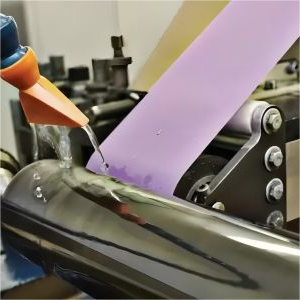
Roller finishing
-
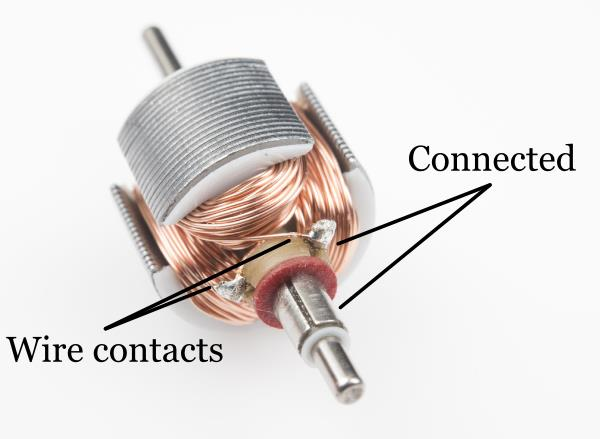
Electronics
-
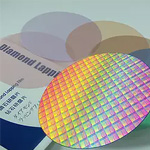
Semiconductors
-
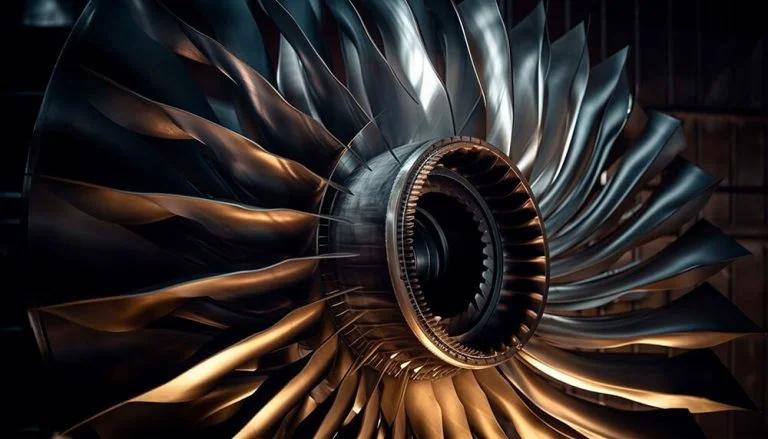
Aerospace
-
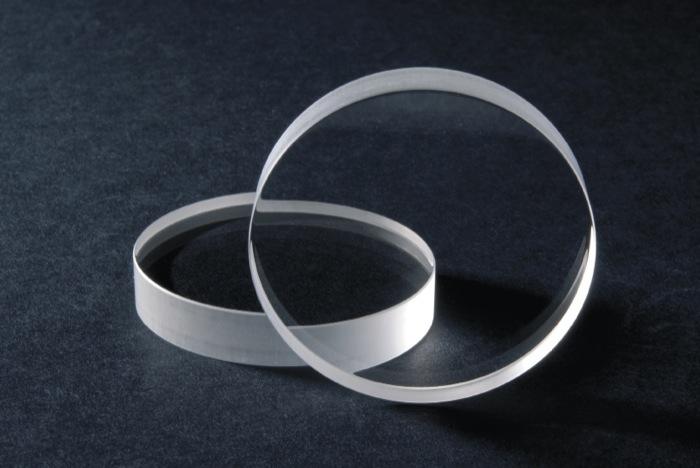
Optical Glass Crystal
-
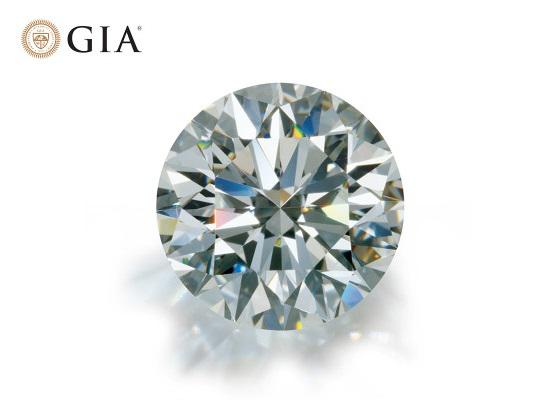
Jewellery lapidary
-

Medical
-
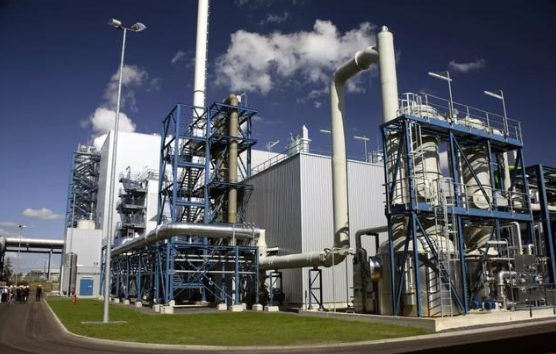
Oil & Gas
-

Food Processing
-
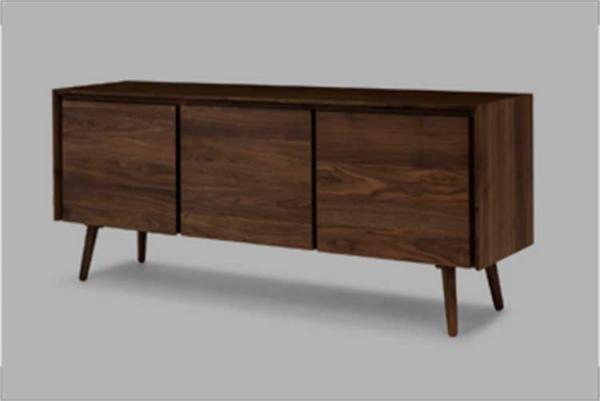
Furniture and Wood industry
-
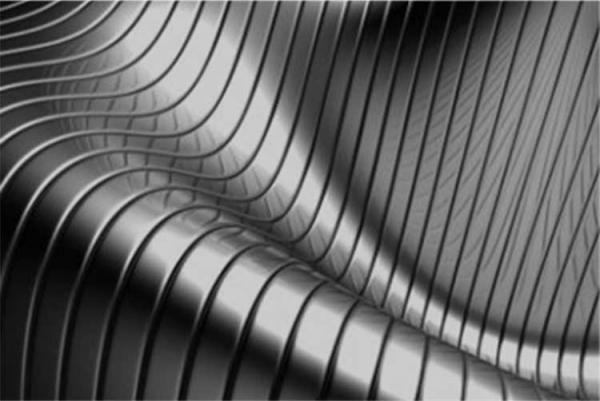
Metals Finish
-
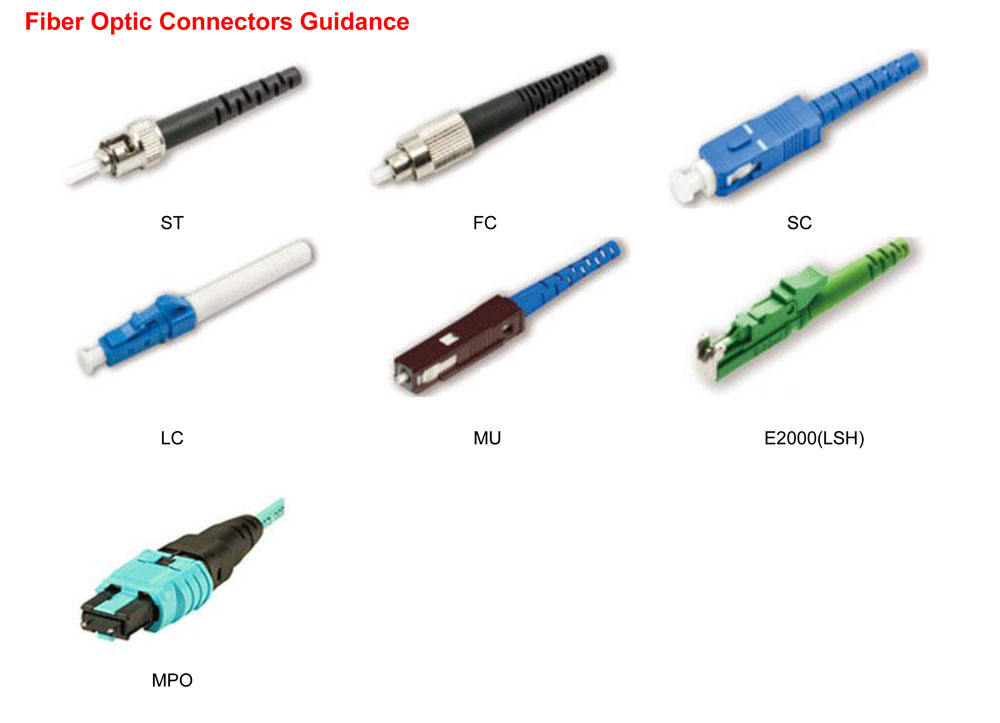
Fiber Optics Polishing
-
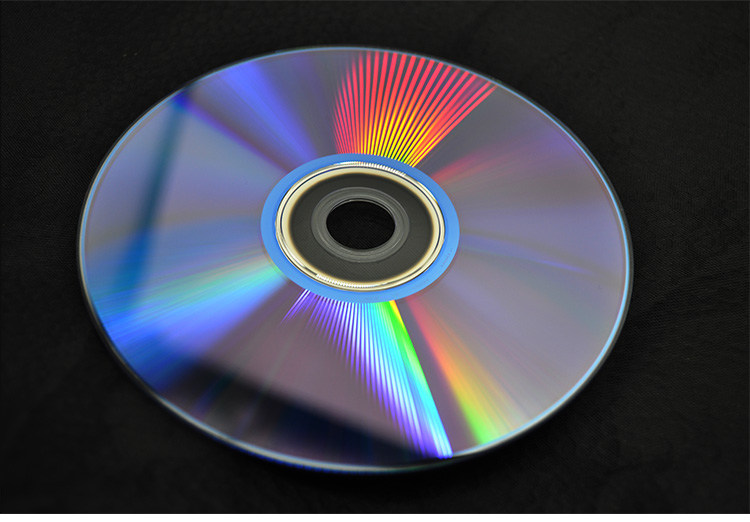
Music industry
-
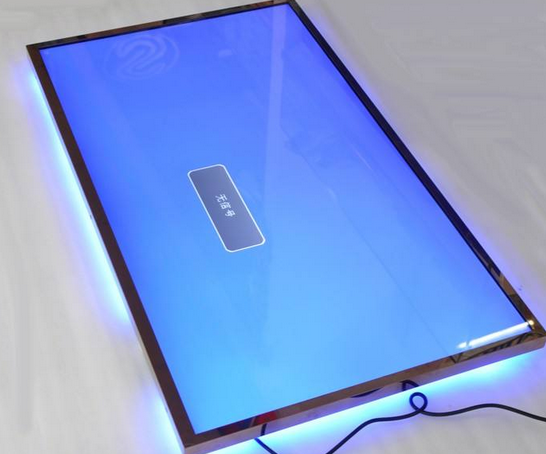
LED LCD Panel
-
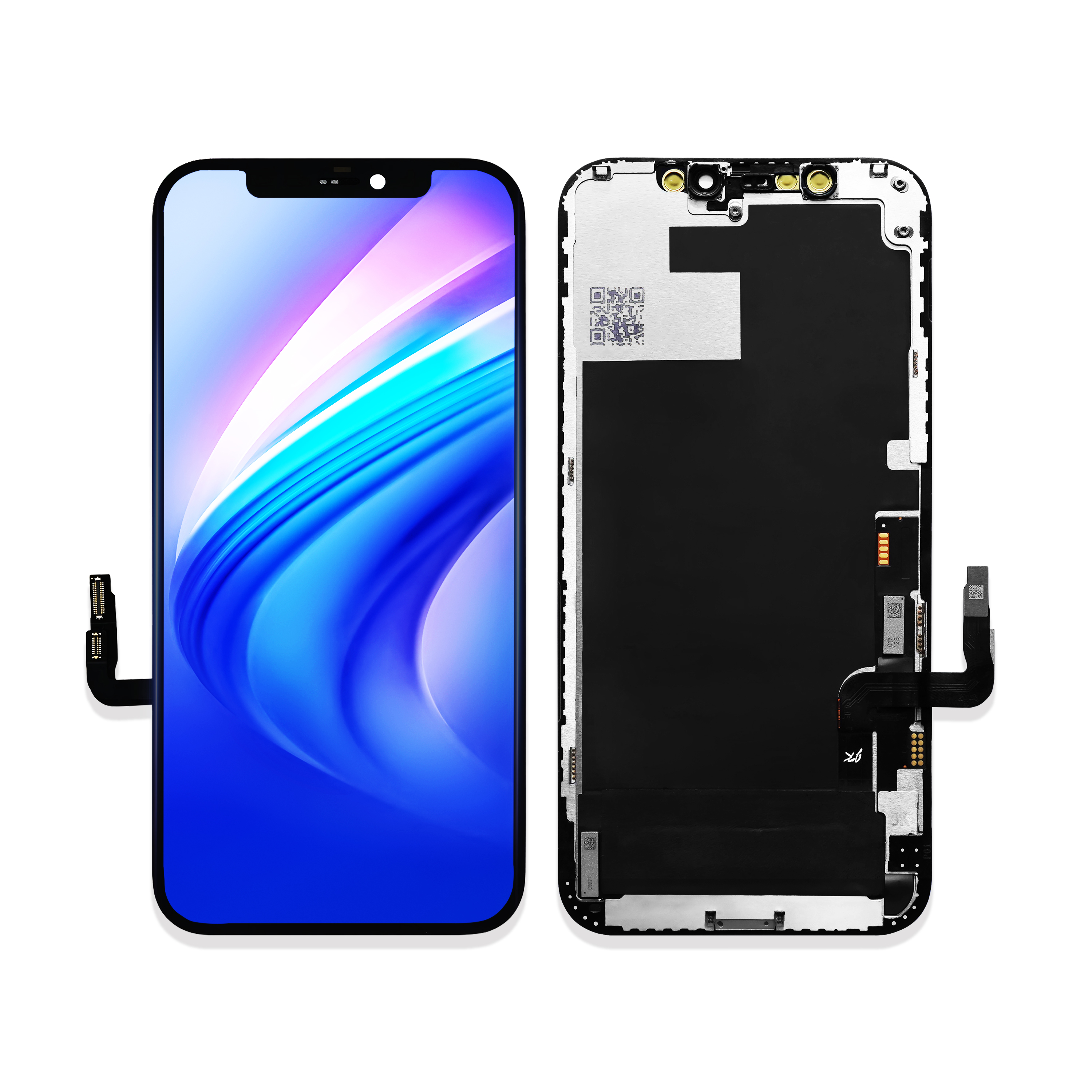
Mobile Phone Industry
-
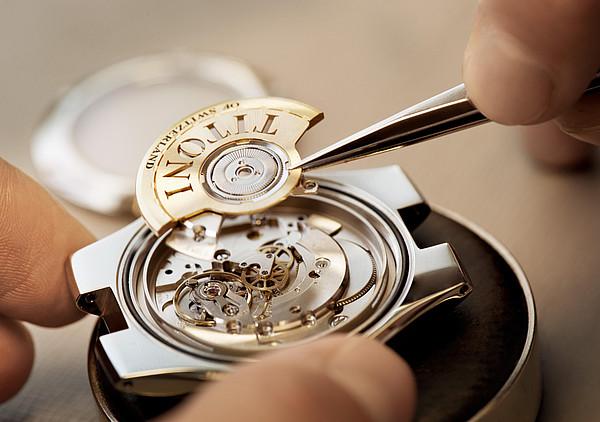
Watch
-
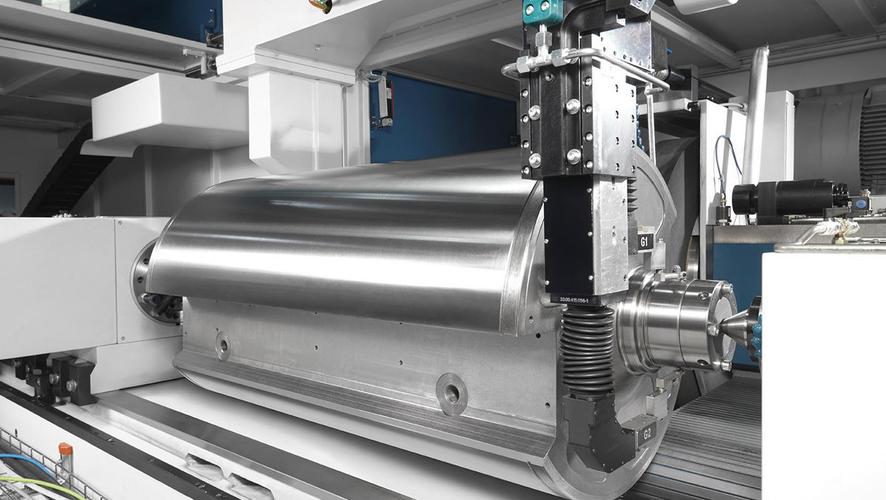
Printing and Paper industry
-
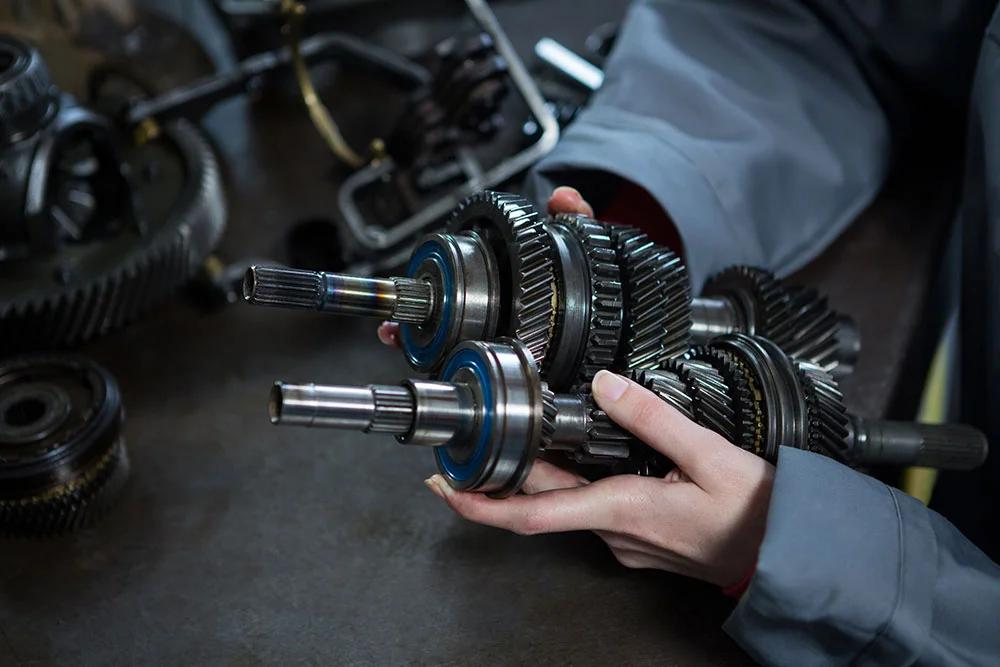
Engine and Machine parts
-

Hydraulic components
-
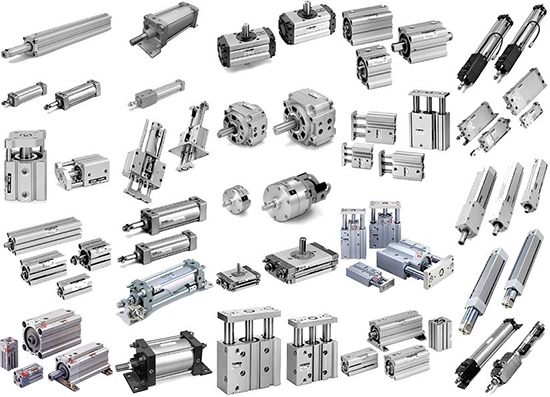
Pneumatic components
-
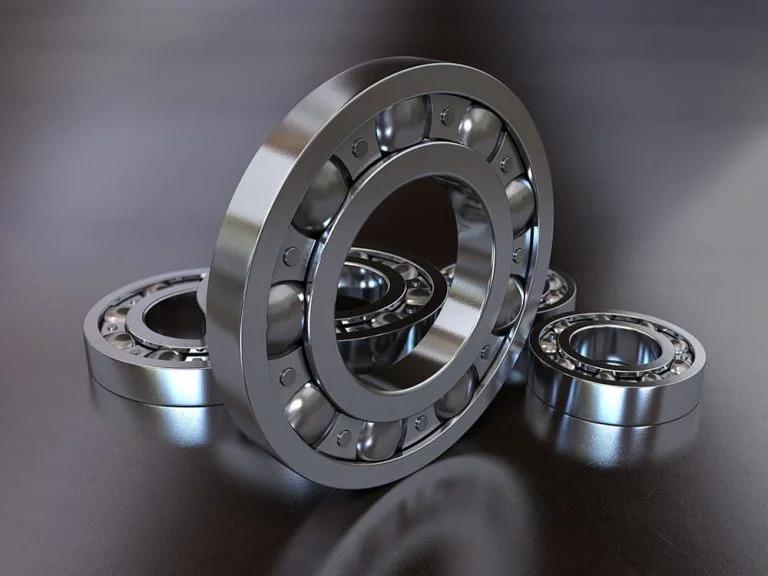
Ball bearings
-
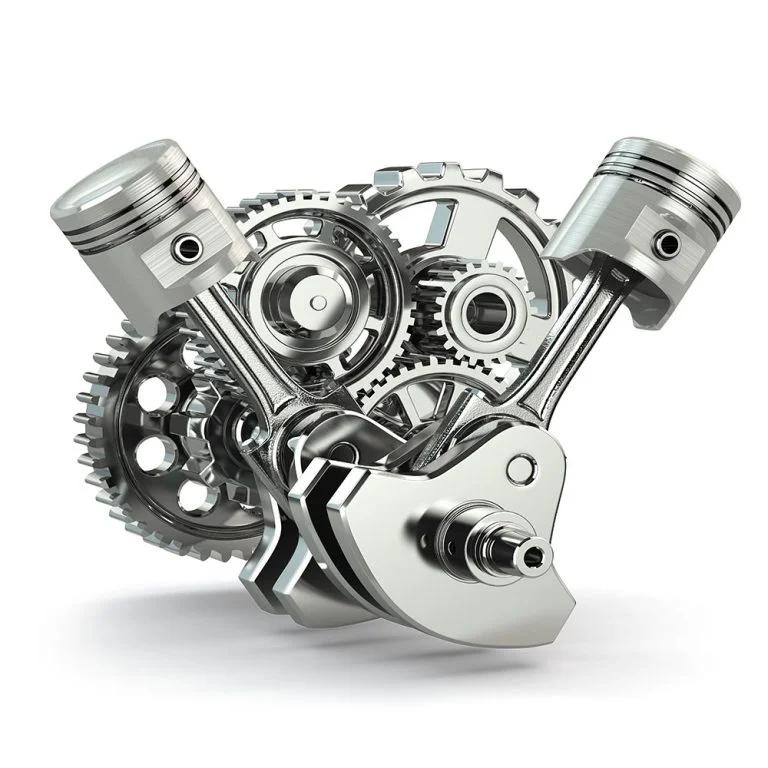
Gear and Train components
-

Moulds
-
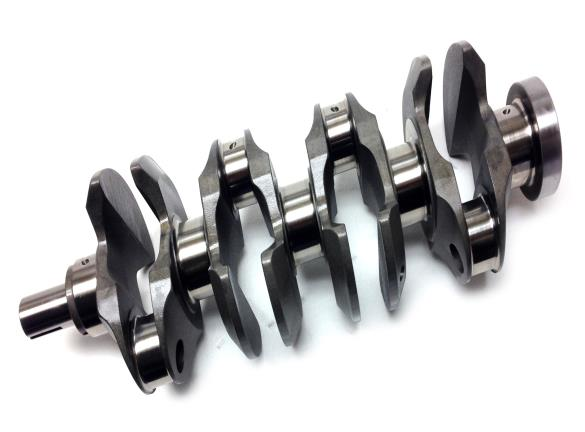
Cranks Cams and Steering devices
-

Dental Polishing
-

Knife Blade Tools sharpening
-
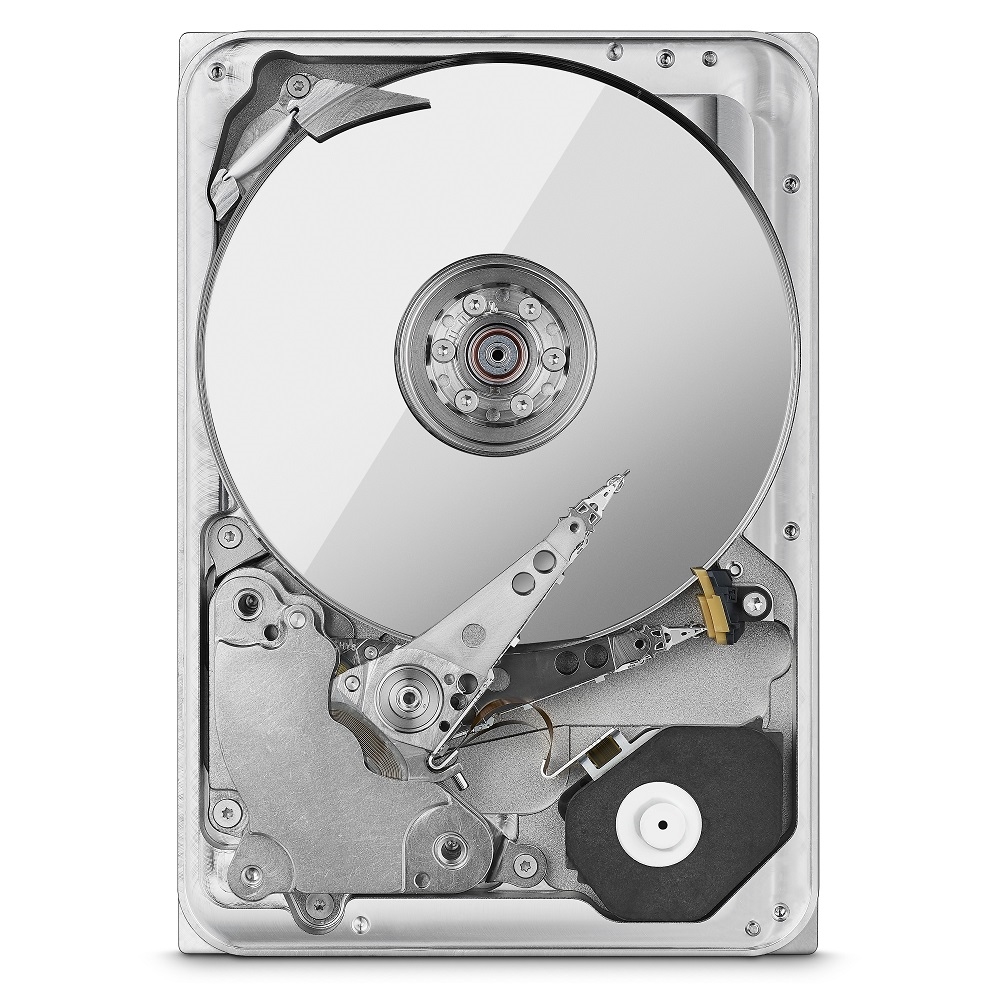
Hard disks and Magnetic head
-
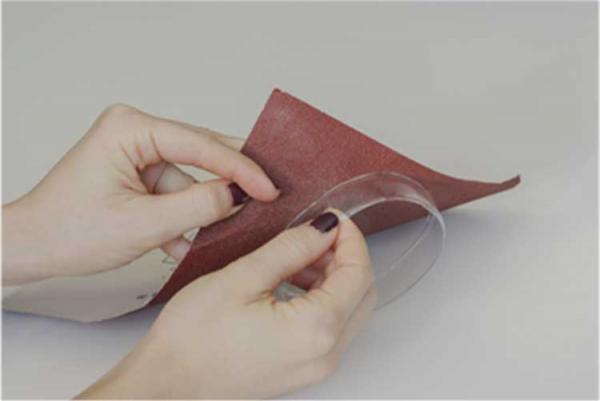
Other parts end face polishing

























































